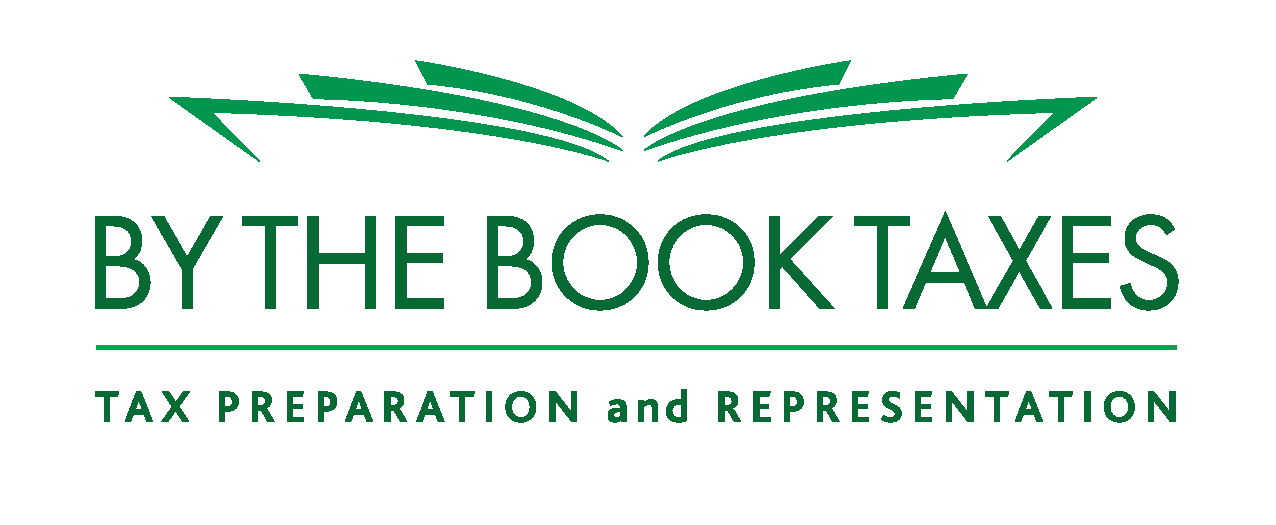Tax FAQs
1. How much do you charge?
My fees are based upon the client’s tax profile. I prepare 250-300 1040 “individual” federal tax returns per year plus associated state tax returns based upon where the client lives and works. My “average” fee across all these returns is about $450 which includes the federal and state return(s). I say average because some returns are less and some are more than the average. There are five (5) schedules within a 1040 that are most commonly seen:
- Schedule A – Itemized Deductions – if you own a home with a mortgage you’ll likely be using this schedule
- Schedule B – Interest and Dividends – if you have investment income
- Schedule C – Profit and Loss for self-employed taxpayers (including single member LLC’s)
- Schedule D – Capital Gains and Losses – for owners of stocks and bonds and mutual funds
- Schedule E – for owners of investment real estate and investors who receive K-1’s from partnerships and S-corporations
A client with none of these schedules is probably looking at a tax return in the $300-$325 range. A client with ALL of these schedules could be looking at a fee of $750-$1,000. A client with a couple of these will be around the “average” fee.
2. Can you prepare state income tax returns for states other than CT?
Yes. There are currently forty three (43) states with state income taxes in the United States. I can prepare and e-file state income tax returns for all of them.
3. Do you e-file all tax returns?
Yes, I am required to e-file all current year tax returns. Right now, I can e-file tax returns for the current tax filing season (tax year 2022) and the two prior tax years (2021 and 2020). 2019 and earlier require a paper copy to be mailed.
4. How do I get started with you?
You can come to my office or we can meet virtually on Zoom or Teams. I use an encrypted client portal that will enable us to share documents with personal information in a secure manner.
5. I live on Social Security. Am I required to file a tax return?
If Social Security is your only source of income, then “No”, you are not required to file a tax return. If you are having federal income tax withheld from your Social Security benefit, then “Yes”, you should file a tax return to have the withholding refunded to you but you are not required to.
6. How much income must I have (excluding Social Security) to be required to file a tax return?
The figures below answer this question. There are two variables here, your age and filing status.
- Single and under 65 – $12,950
- Single and 65 or older – $14,700
- Married filing jointly (both spouses under 65) – $25,900
- Married filing jointly (one spouse under 65) – $27,300
- Married filing jointly (both spouses 65 and older) – $28,700
- Married Filing Separately (any age) – $5
- Head of Household (under 65) – $19,400
- Head of Household (65 and older) – $21,150
- Qualified Surviving Spouse (under 65) – $25,900
- Qualified Surviving Spouse (65 and older) – $27,300
Even if you are not required to file a tax return, you should file if your income was below the filing threshold but you had federal income taxes withheld or qualify for other tax credits.
7. How many years late can I file a tax return and still get a refund?
Refunds expire three (3) years from the due date of the return (including extensions) or two years after your last payment made. For example, if you filed an extension for tax year 2018 but never filed the return, the refund expired on October 15, 2022. Refunds for tax years 2019, 2020 and 2021 are still open and expire (without extension) on April 15, 2023, April 15, 2024 and April 15, 2025 respectively. If you never filed your 2018 tax return and the IRS levied your bank account within the past two years, you should file the 2018 return and may receive some or all of the amount levied.
8. I haven’t filed a tax return in years but I know I have enough income to require me to file. How many years must I file?
The IRS defines filing “compliance” as the last six (6) tax years. If you are filing the returns prior to April 15, 2023 I would consider the required tax years to be tax years 2016-2021. If you are filing the tax returns after April 15, 2023 I would consider the required years to be tax years to be 2017-2022.





